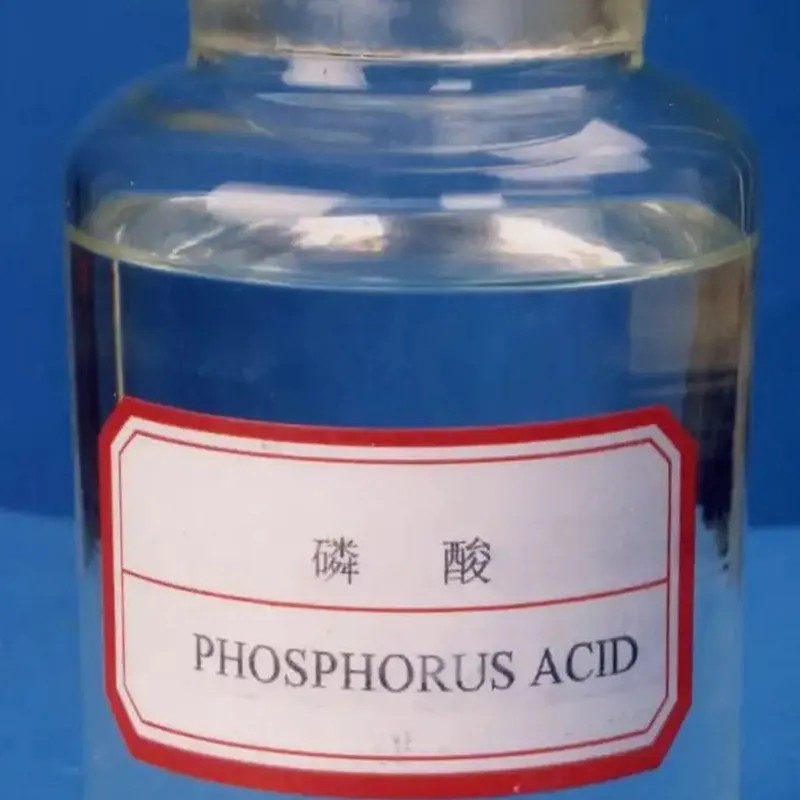
e406 food additive
The Role of E406 Food Additive A Comprehensive Overview
Food additives play a vital role in the modern food industry, influencing everything from the safety of our meals to their texture and flavor. Among these additives, E406, also known as agar-agar, has gained popularity due to its unique properties and applications. This article provides an insight into the uses, benefits, and considerations surrounding E406 as a food additive.
What is E406?
E406 is a gelling agent derived from red algae, specifically the genus Gelidium and Gracilaria. This additive is primarily composed of agarose and agaropectin, polysaccharides that create a gel-like substance when dissolved in boiling water and cooled. The gel formed has the ability to hold liquid, making it an essential ingredient in a variety of culinary applications.
Common Uses of E406
E406 serves numerous purposes in food production and preparation. Its most notable application is in the realm of desserts. Agar-agar is widely used as a vegetarian substitute for gelatin, making it an ideal choice for those following plant-based diets. It allows for the creation of jellies, puddings, and mousses while maintaining a stable texture that is highly appreciated in culinary circles.
In addition to desserts, E406 is also used in the production of dairy alternatives. It plays a critical role in improving the texture of plant-based yogurts and cheeses, providing the creaminess that many consumers seek. Furthermore, agar-agar is employed in the formulation of certain sauces and dressings, where it enhances viscosity and creates a desirable mouthfeel.
Health Benefits
e406 food additive

One of the notable advantages of E406 is its health benefits. Unlike traditional gelatin, which is animal-derived, agar-agar is entirely plant-based, making it suitable for vegetarians and vegans. E406 is also low in calories and packed with dietary fiber, which can aid in digestion and promote a feeling of fullness. Additionally, agar-agar has been shown to have potential benefits in weight management and cholesterol reduction, making it a popular choice for health-conscious individuals.
Moreover, agar-agar possesses gelling properties that can help stabilize emulsions and foams, which can be advantageous in various culinary applications, contributing to improved dish consistency.
Considerations and Safety
While E406 is generally recognized as safe for consumption, certain considerations must be taken into account. Some individuals may experience mild digestive discomfort when consuming large amounts of agar-agar, as its high fiber content can have a laxative effect. Therefore, moderation is key.
Additionally, it’s essential for consumers to be aware of the sourcing of agar-agar. As a product derived from seaweed, the quality and purity can vary significantly based on its origin. It’s advisable to opt for products from reputable brands that adhere to strict quality controls to ensure that the additive is free from contaminants.
Conclusion
E406, or agar-agar, serves as a versatile and health-conscious food additive with a range of applications in modern cuisine. Its ability to provide texture and stability makes it a prized ingredient in desserts, dairy alternatives, and sauces. As dietary preferences shift towards plant-based options, the popularity of E406 is likely to grow. However, it is crucial for consumers to remain informed about its properties and any potential digestive effects. In the ever-evolving landscape of food technology, E406 stands out as a valuable tool for chefs and home cooks alike, demonstrating the power of nature’s ingredients in enhancing our culinary experiences.
-
Pure Sodium Dichloroisocyanurate Dihydrate | Powerful DisinfectantNewsAug.29,2025
-
Industrial Chemicals: Quality & Purity for Every IndustryNewsAug.28,2025
-
Nitrile Rubber Honoring Strict Production StandardsNewsAug.22,2025
-
Aspartame Ingredients Honoring Food Safety ValuesNewsAug.22,2025
-
Fertilizer for Balanced Plant NutritionNewsAug.22,2025
-
Cyanide Gold Processing with High Purity AdditivesNewsAug.22,2025
-
Formic Acid in Textile Dyeing ApplicationsNewsAug.22,2025
Hebei Tenger Chemical Technology Co., Ltd. focuses on the chemical industry and is committed to the export service of chemical raw materials.
-

view more DiethanolisopropanolamineIn the ever-growing field of chemical solutions, diethanolisopropanolamine (DEIPA) stands out as a versatile and important compound. Due to its unique chemical structure and properties, DEIPA is of interest to various industries including construction, personal care, and agriculture. -

view more TriisopropanolamineTriisopropanolamine (TIPA) alkanol amine substance, is a kind of alcohol amine compound with amino and alcohol hydroxyl, and because of its molecules contains both amino and hydroxyl. -

view more Tetramethyl Thiuram DisulfideTetramethyl thiuram disulfide, also known as TMTD, is a white to light-yellow powder with a distinct sulfur-like odor. It is soluble in organic solvents such as benzene, acetone, and ethyl acetate, making it highly versatile for use in different formulations. TMTD is known for its excellent vulcanization acceleration properties, which makes it a key ingredient in the production of rubber products. Additionally, it acts as an effective fungicide and bactericide, making it valuable in agricultural applications. Its high purity and stability ensure consistent performance, making it a preferred choice for manufacturers across various industries.





